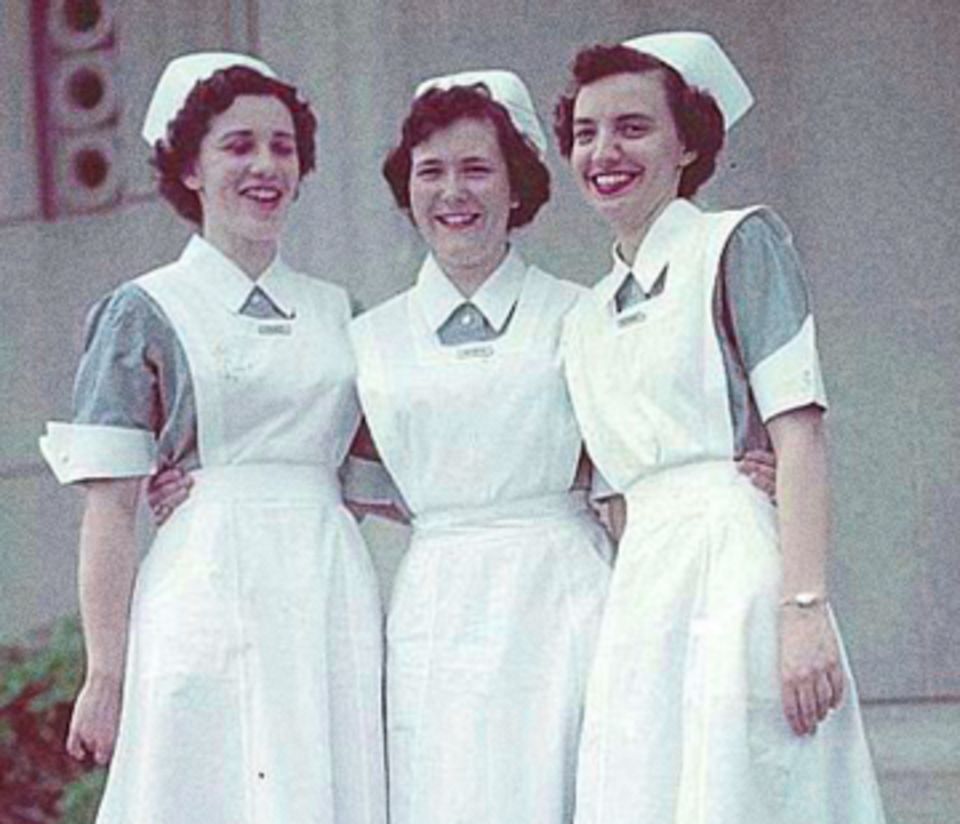The Internet of Things (IoT) is here, and it promises to change healthcare as much as the discovery of penicillin nearly 100 years ago.

With NHS waiting times in 2015 at their worst in seven years, staff shortages in some NHS Trusts, and a savings of £22 billion required to meet budget targets, overstretched medical professionals need all the help they can get. The IoT might just prove to be the answer.
The IoT allows objects to connect over the internet — so your smartphone can control your home's heating, your car can replan your route on-the-go to avoid congestion and, famously, your fridge can order your groceries for you. While the much-touted smart fridge has left everyone a bit, well, cold, it is in health care industry that the IoT could soon start to have a noticeable impact.
Here's how the Internet of Things will impact the health of you and your family.
Reassuring parents and tracking kids' progress
Objects connected to the Internet of Things are already making it easier for families with babies and young children to keep an eye on their health and development. For parents, Mimo has produced a sleepsuit that can stream live data about a baby's sleeping patterns, position, temperature and movement, directly to your smartphone.
Parents with toddlers prone to wandering can try Pacif'i, a smart dummy which includes GPS and temperature sensors. Parents can be alerted if their child moves outside a preset 'proximity range'.
And the smart products don't stop there. You can even invest in a smart nappy that screens your child for urinary infections and other conditions that may not otherwise be spotted until other symptoms arise.
Quantified self for active adults
One area in which Internet of Things has started to take off is in the use of fitness trackers and similar health devices that allow adults to monitor and improve their own well being.
The UK Government has made a £40 million commitment to support development of IoT products, and healthcare is one area that was highlighted as holding significant potential. The NHS are currently looking for partners in technology companies to continue developing this tech in a way that supports health services.
Some devices, such as those produced by FitBit and Jawbone, encourage healthy lifestyle choices through sharing and gamifying activity, while others address chronic medical conditions and transmit health information direct to professional support services.
Peace of mind for sandwich carers
With a rapidly ageing population, many of us face the challenge of caring for children and supporting our parents. The IoT can help by allowing family members to keep track of their loved one's health and daily activities, and keep a discreet but watchful eye to make sure all's well.
Lively, for example, produce a pill box that notifies a connected family member via smartphone if it has not been opened as expected. They also make sensors that can be placed around the home to alert family to any sudden changes in behaviour, such as not opening the refrigerator or sitting in a favourite chair. This peace of mind can help those who face caring for a loved one from a distance, improving well being for both older adults and their families.
Social care and companionship for older adults
For older adults who need social or medical support, but want to continue to lead normal lives and live in their own homes, the IoT offers solutions. UK Fire and Rescue services, for example, have tested centralised monitoring of winter temperatures in the homes of vulnerable older adults, allowing intervention if the temperature drops to an unsafe level.
By bridging the gap between familiar objects and high technology, products like Flic – a simple button that can be placed anywhere and programmed to trigger a wide range of actions – can make cutting-edge tech more accessible for older adults. This can help older adults manage their own health and remain in their own homes for longer. In a similar vein, Sentab turns a regular TV into an interactive hub which can be used to make voice and video calls, perfect for older adults who want to stay socially active and find new companions.
The UK Government have described the IoT as the Second Digital Revolution. While few people will have spent much of the past 15 years pondering the fact that we were participating in the First Digital Revolution, for many of us life without smart phones, Google maps, online shopping and TV on demand is a distant memory. As technologies and the IoT continue to develop, our current approach to family health will also become a distant memory.